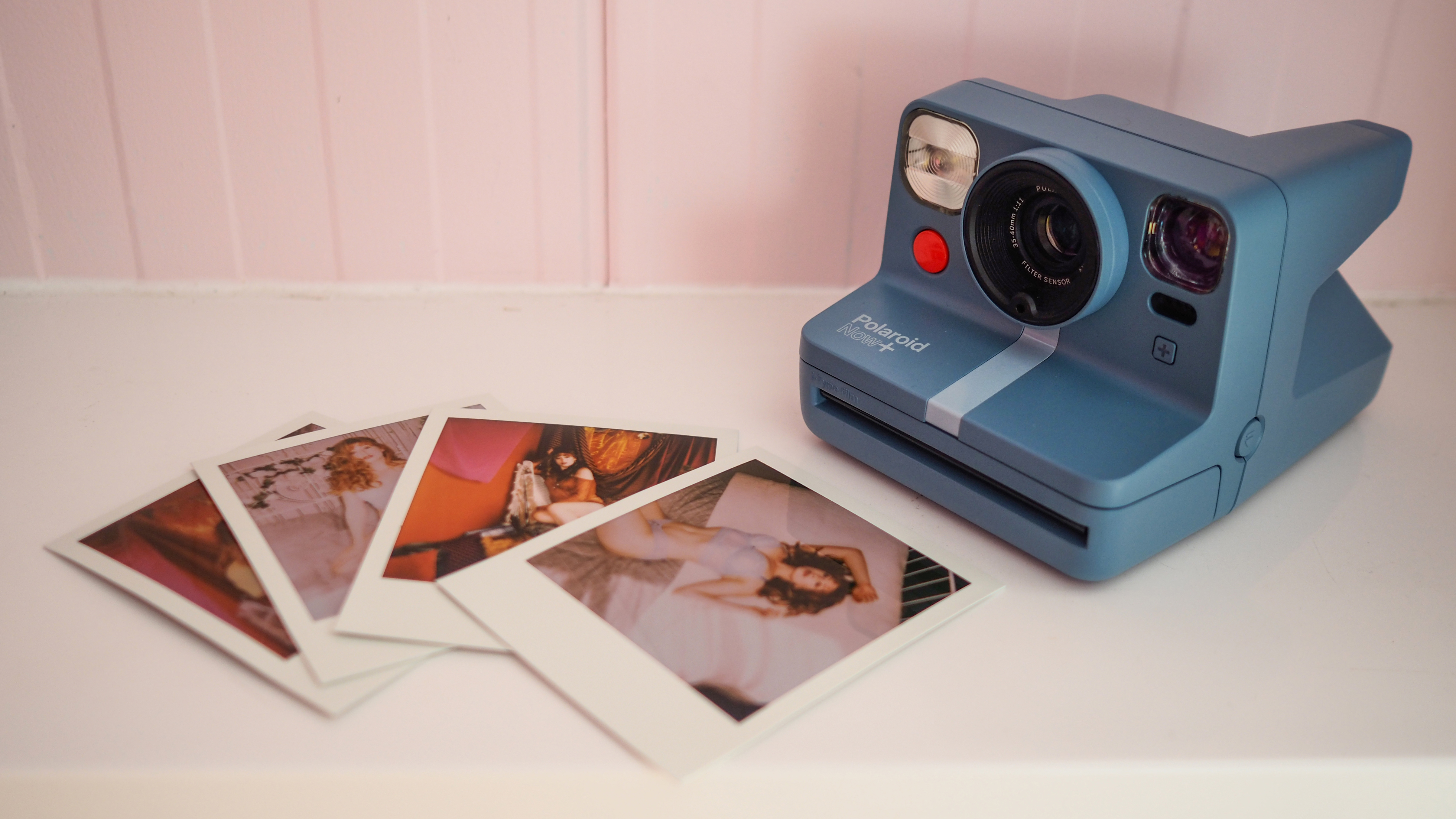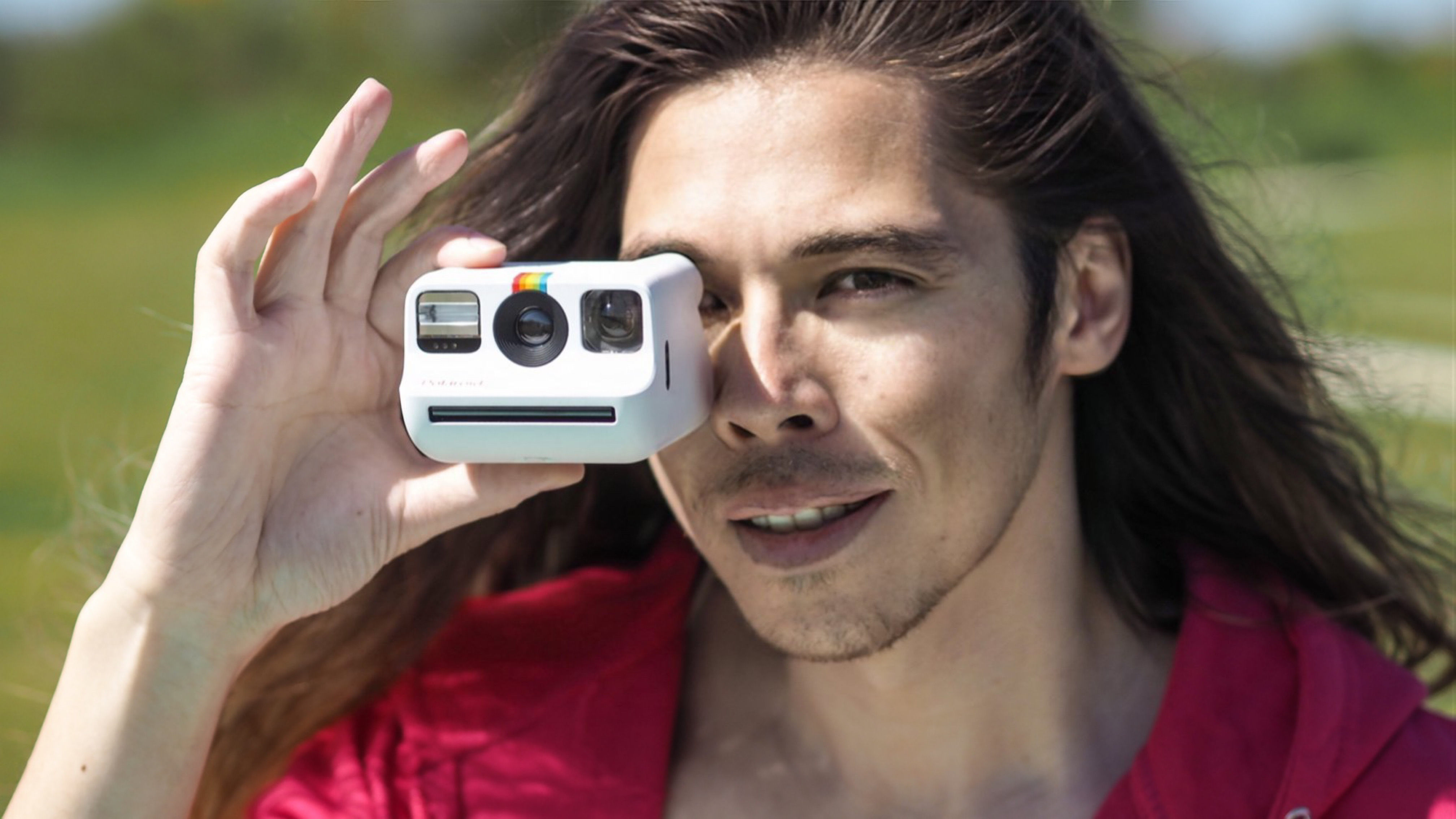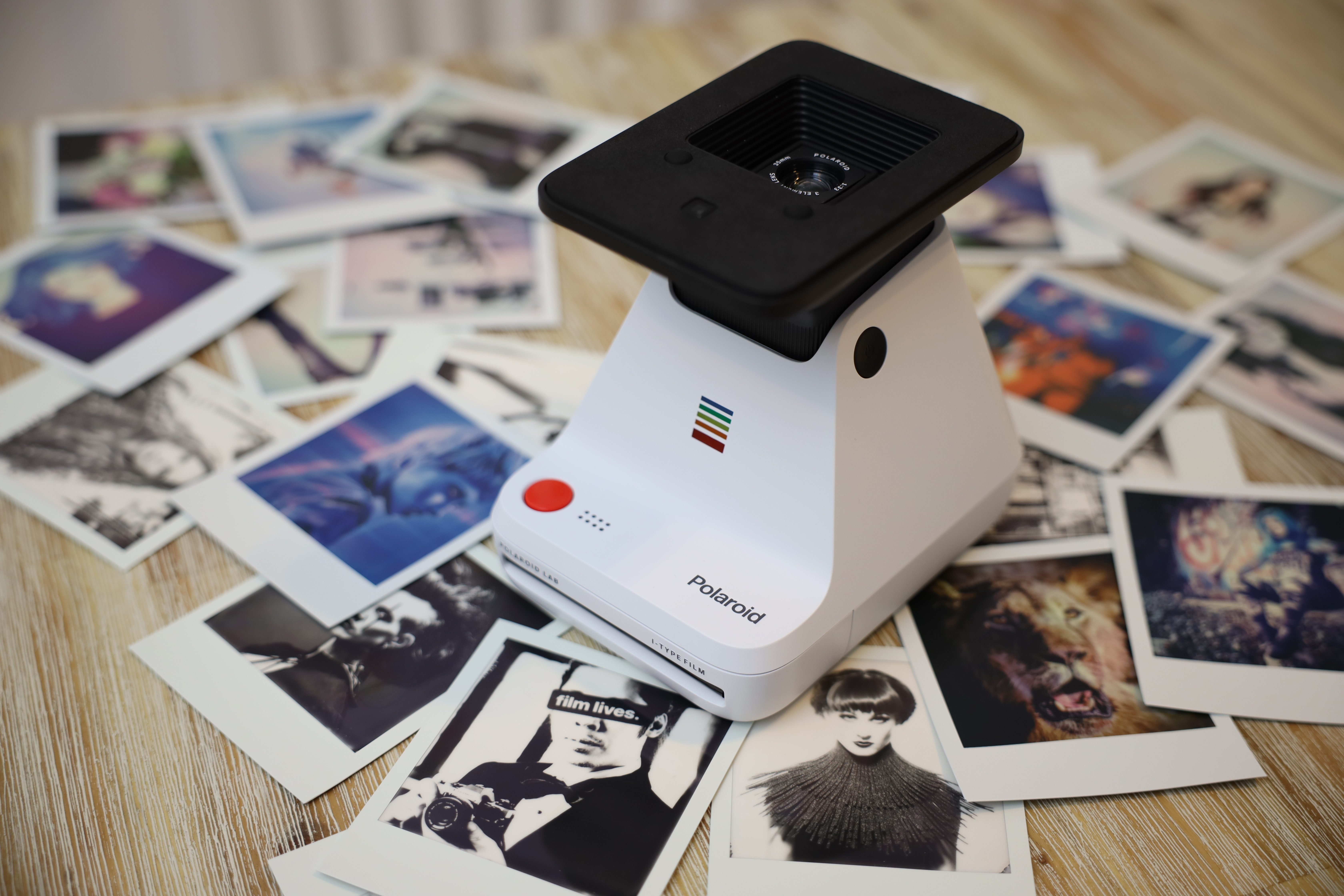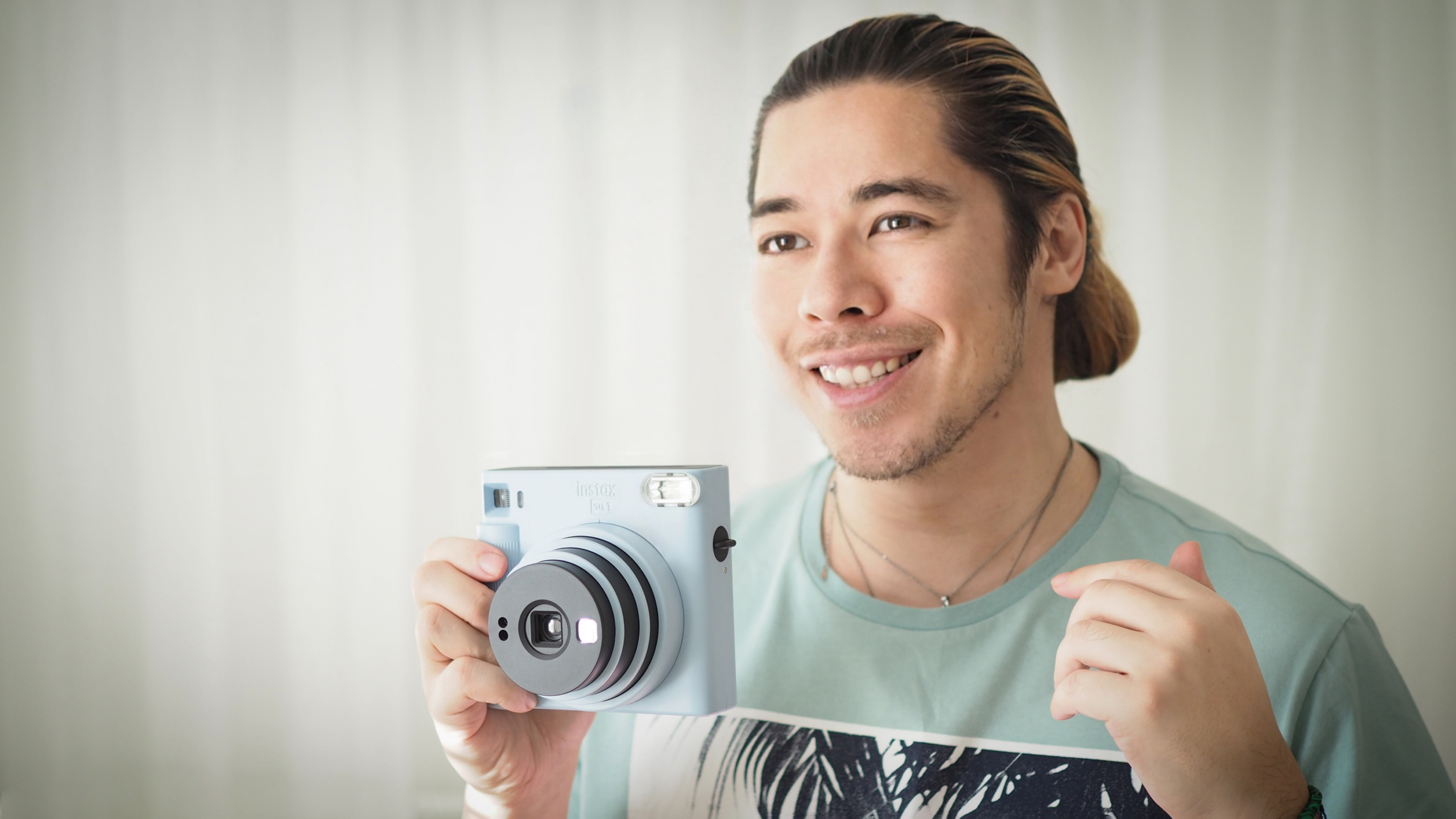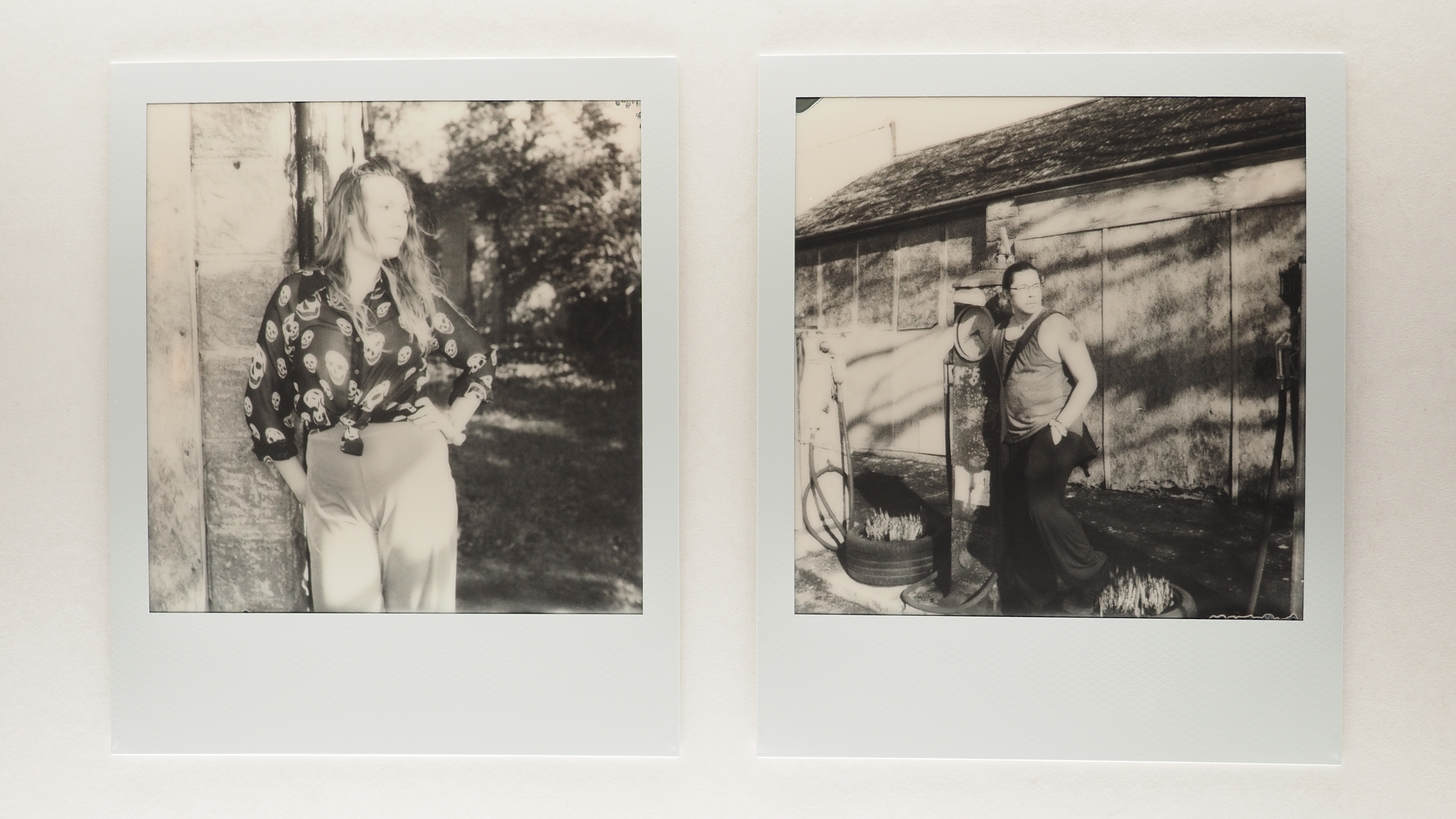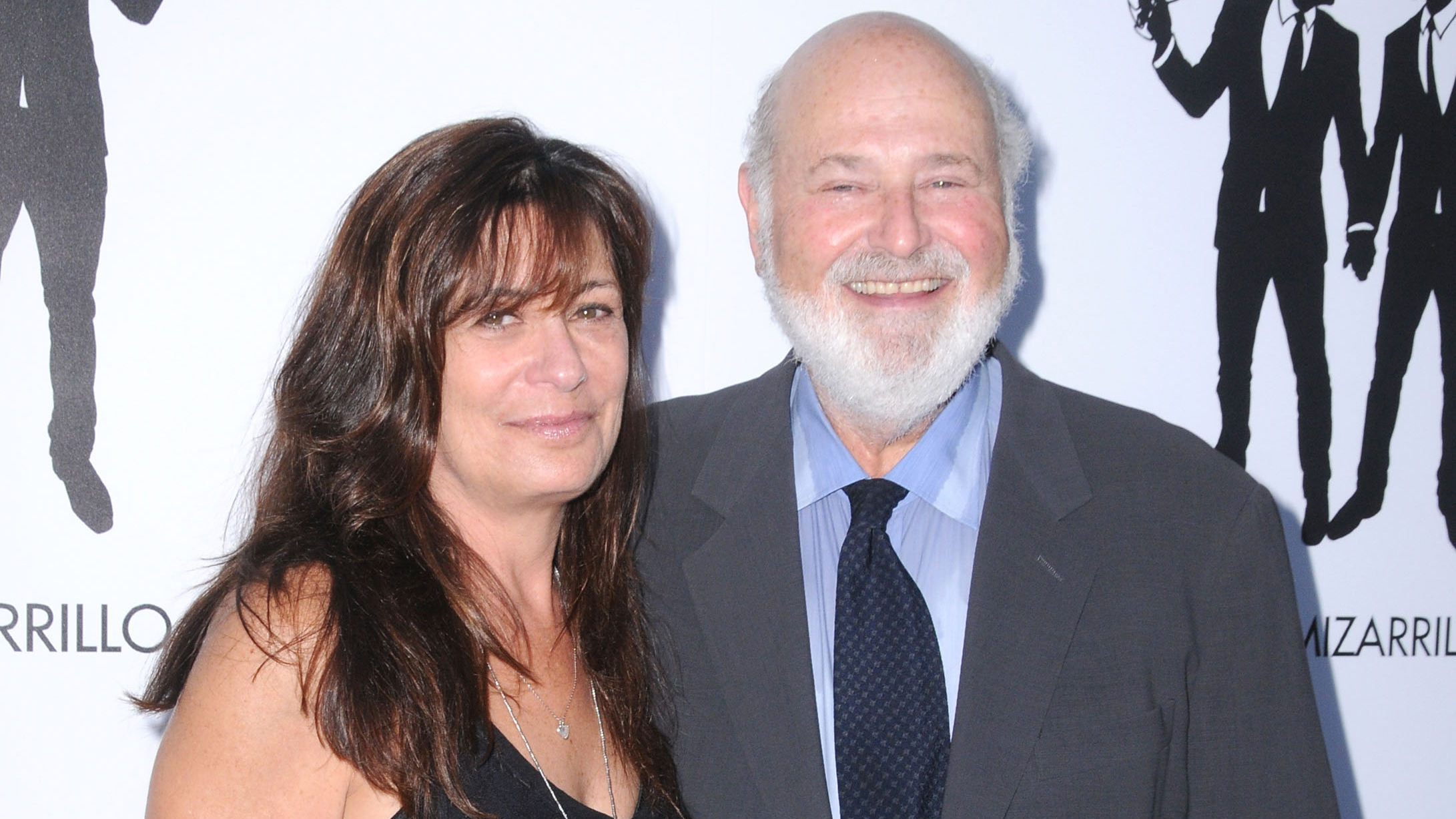What type of instant film do I need? It's harder than you think!
If you've got an instant camera, you're probably asking, "What type of instant film do I need?" It's not easy, so I'm here to help you!
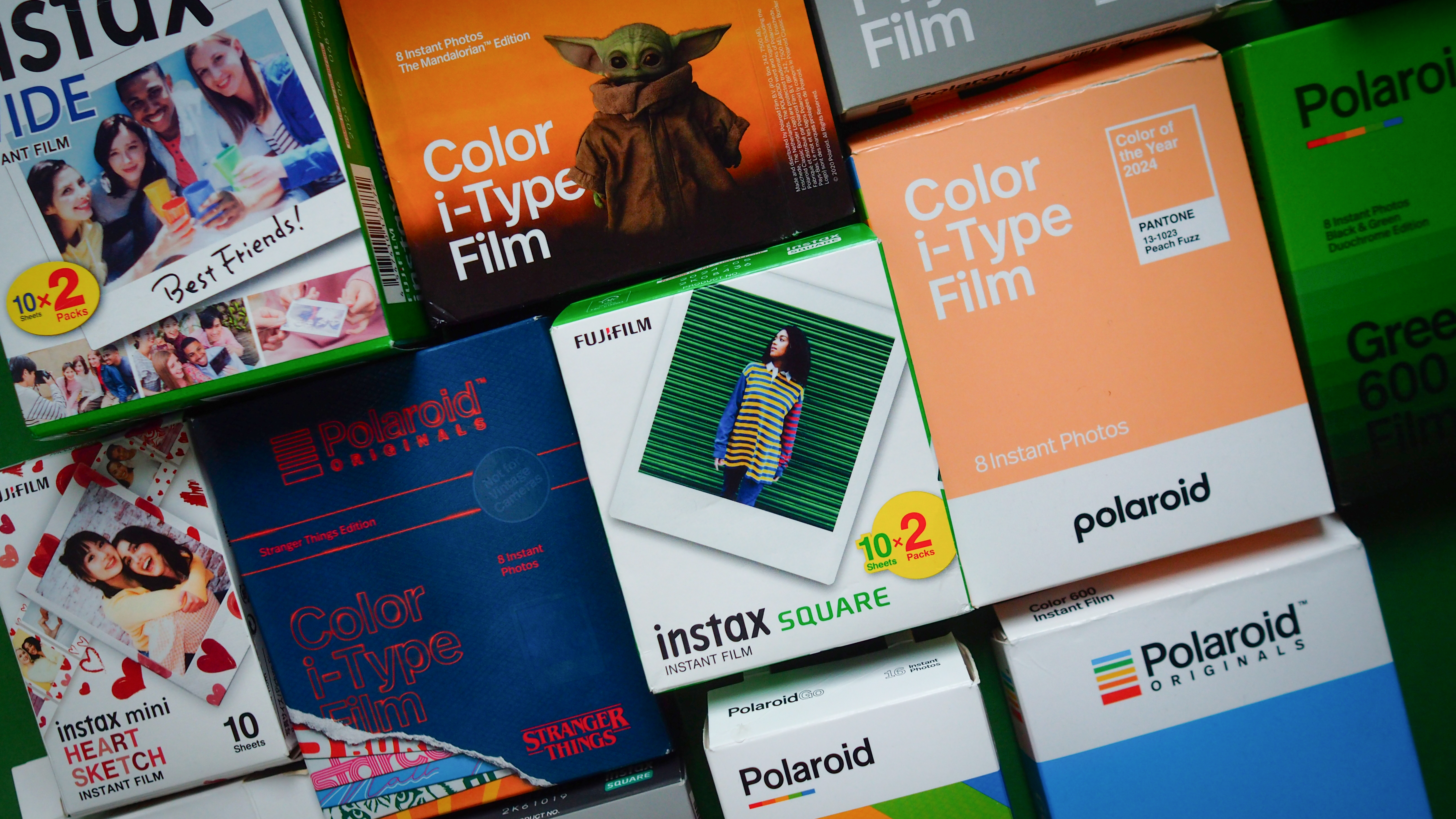
If you're asking, "What type of instant film do I need?" then you're not alone! There are so many kinds of instant cameras, and so many kinds of films for them, that making sure you get the right one isn't as easy as it might seem.
And it's not just the best instant cameras that use film; some of the best portable printers (such as the Polaroid Lab and Instax Square Link) also use instant film – so choosing the right one is, in effect, like choosing the right kind of printer paper.
The key thing to remember is that not all instant films are the same. As you might expect, Polaroid film won't work in an Instax camera – but not all Polaroid film works on all Polaroid cameras, either! Polaroid i-Type film, for example, works with modern Polaroid cameras but won't work with vintage Polaroid cameras.
There are different sizes of instant film, too, with Fujifilm producing Mini, Square and Wide film, and Polaroid producing standard, miniature and 8x10 film. Check out the different instant camera film sizes to see which one best suits your needs.
So then, to help you navigate this potential minefield, here's a look at which instant films are suitable for which instant cameras…
What Polaroid film do I need?
Before working out which kind of Polaroid film you need, you first need to be aware that there are four kinds of Polaroid camera:
• Polaroid 600 cameras
• Polaroid SX-70 cameras
• i-Type Polaroid / Impossible Project cameras
• Polaroid Go cameras
Polaroid 600 cameras are the vintage ones that your parents owned, and the ones you find at yard sales and flea markets. They are "old Polaroids", for lack of a better term, made before the company declared bankruptcy in 2001.
The Polaroid SX-70 is another vintage model, and was the world's first instant SLR camera. Like Polaroid 600s, they are no longer manufactured – though they are still hugely popular on the second-hand market, and Polaroid itself even sells refurbished bodies (as do other refurb specialists).
The i-Type Polaroids comprise the cameras released post-bankruptcy, including those released under the Impossible Project moniker, and the current line of Polaroid cameras that are on the market today. These are "modern Polaroids" and the current lineup consists of the Polaroid Now, Polaroid Now+ Generation 2 and Polaroid I-2.
Then, finally, there is the most recent Polaroid Go line. Launched in 2021, it is a pocket-sized camera designed to rival Fujfilm's Instax Mini offerings.
On top of these, Polaroid makes an instant photo printer called the Polaroid Lab, which is technically an i-Type product.
Polaroid actually makes five formats of instant film, so here's a look at what they are and which cameras they are suitable for:
POLAROID 600 FILM
• Overall size: 88 x 107mm
• Print size: 79 x 79mm
• Speed: ASA640
• Suitable for: Vintage Polaroid 600 cameras, Modern i-Type Polaroid cameras (Polaroid Now, Polaroid Now+, Polaroid I-2, Polaroid OneStep2, Polaroid OneStep+), Polaroid Lab
• Not suitable for: Polaroid SX-70, Polaroid Go
• Colors: Color, monochrome, duochrome
• Development time: 10-15 mins
This classic Polaroid film is designed for vintage cameras, which do not have batteries, and as such each film pack contains a battery. This is vital for 600 cameras, but while i-Type cameras run on batteries they can still use 600 film. It comes in color, monochrome and duochrome, and is also offered with standard, colored or circular frames.
POLAROID i-TYPE FILM
• Overall size: 88 x 107mm
• Print size: 79 x 79mm
• Speed: ASA640
• Suitable for: Modern i-Type Polaroid cameras (Polaroid Now, Polaroid Now+, Polaroid OneStep2, Polaroid I-2, Polaroid OneStep+), Polaroid Lab
• Not suitable for: Vintage Polaroid 600 cameras, Polaroid SX-70, Polaroid Go
• Colors: Color, monochrome
• Development time: 10-15 mins
Because i-Type film is designed for battery powered modern i-Type cameras, it does each pack does not contain a battery. Accordingly, while it will physically fit in a Polaroid 600 camera, it will not work. It comes in color and monochrome, and is available with standard, colored, metallic and limited edition (with themes such as Star Wars) frames.
POLAROID SX-70 FILM
• Overall size: 88 x 107mm
• Print size: 79 x 79mm
• Speed: ASA160
• Suitable for: Polaroid SX-70, Polaroid I-2
• Not suitable for: Vintage Polaroid 600 cameras, Modern i-Type Polaroid cameras (Polaroid Now, Polaroid Now+, Polaroid OneStep2, Polaroid OneStep+), Polaroid Go, Polaroid Lab
• Colors: Color, monochrome
• Development time: 10-15 mins
This film only works on the Polaroid I-2 and SX-70 cameras, and is incompatible with all others. Since SX-70s are uncommon, you won't see this for sale in most shops or online retailers – making it difficult to pick it up by mistake. It is Polaroid's best film, with a faster ASA160 rating and finer grain. It comes in color and monochrome options.
POLAROID GO FILM
• Overall size: 53.9 x 66.6mm
• Image size: 46 x 47mm
• Speed: ASA640
• Suitable for: Polaroid Go
• Not suitable for: Vintage Polaroid 600 cameras, Polaroid SX-70, Modern i-Type Polaroid cameras (Polaroid Now, Polaroid Now+, Polaroid I-2, Polaroid OneStep2, Polaroid OneStep+), Polaroid Lab
• Colors: Color only
• Development time: 10-15 mins
Polaroid's latest instant film, designed exclusively for the pint-sized Polaroid Go and Polaroid Go Generation 2 cameras. It is currently only available as a colored stock, and as it's so much tinier than standard Polaroid film it can develop up to five minutes faster.
POLAROID 8x10 FILM
• Size: 12.8 x 8.5 inches
• Speed: ASA640
• Suitable for: Medium / large format camera
• Not suitable for: Vintage Polaroid 600 cameras, Polaroid SX-70, Modern i-Type Polaroid cameras (Polaroid Now, Polaroid Now+, Polaroid I-2, Polaroid OneStep2, Polaroid OneStep+), Polaroid Lab, Polaroid Go
• Colors: Color, monochrome
• Development time: 10-15 mins
Polaroid still produces a small quantity of 8x10 film for medium and large format cameras, only available from the manufacturer directly. It is different from the original peel-apart Polaroid 8x10 film, but still requires a large format camera with an appropriate back to make use of it.
What Instax film do I need?
As with the multiple generations of Polaroid cameras, there are numerous kinds of Fujifilm Instax cameras as well. On top of that, the instant cameras made by Lomography also accept Instax film:
• Fujifilm Instax Mini
• Fujifilm Instax Square
• Fujifilm Instax Wide
• Leica Sofort
• Lomo'Instant
• Diana Instant
The Mini line includes cameras like the Instax Mini 12, Instax Mini 11, Instax Mini 40 and Instax Mini 90 – and they all have 'Mini' in the product name, to make things easier. The Square series features cameras like the Instax Square SQ1 and Instax Square SQ40 – and again, all models are named 'Square'. Currently Fujifilm only makes one Wide camera, the Instax Wide 300.
Things get slightly more complicated with the Lomography cameras, which do not have their own proprietary format but instead take Instax film. These comprise the Diana Instant Square, Lomo'Instant, Lomo'Instant Automat, Lomo'Instant Wide and Lomo'Instant Square Glass.
Thankfully, there are only three formats of Fujifilm Instax film at present, which makes matters much less complicated:
INSTAX MINI FILM
• Print size: 54 x 85mm
• Image size: 46 x 62mm
• Speed: ISO800
• Suitable for: Instax Mini cameras, Leica Sofort cameras, Lomo'Instant & Lomo'Instant Automat cameras
• Not suitable for: Instax Square cameras, Instax Wide cameras, Diana Instant Square, Lomo'Instant Wide, Lomo'Instant Square Glass
• Colors: Color, monochrome
• Development time: 90 secs
The most popular and widely available Instax film, accepted by the widest number of cameras from both Fujifilm and Lomography. It is available in both color and black and white, with frames being offered in multiple colors and print designs.
INSTAX SQUARE FILM
• Overall size: 86 x 72mm
• Image size: 62 x 62mm
• Speed: ISO800
• Suitable for: Instax Square cameras, Diana Instant Square, Lomo'Instant Square Glass
• Not suitable for: Instax Mini cameras, Leica Sofort cameras, Lomo'Instant & Lomo'Instant Automat cameras, Instax Wide cameras, Lomo'Instant Wide
• Colors: Color, monochrome
• Development time: 90 secs
The newest instant format from Fujifilm, introduced in 2018, Instax Square film is larger than Mini and carries a 1:1 aspect ratio more like the classic shape of Polaroid film. It is available in color and monochrome, with a selection of colored and patterned frame options.
INSTAX WIDE FILM
• Overall size: 108 x 85mm
• Image size: 99 x 62mm
• Speed: ISO800
• Suitable for: Instax Wide cameras, Lomo'Instant Wide
• Not suitable for: Instax Mini cameras, Leica Sofort cameras, Lomo'Instant & Lomo'Instant Automat cameras, Instax Square cameras, Diana Instant Square, Lomo'Instant Square Glass
• Colors: Color, monochrome
• Development time: 90 secs
Curiously, Fujifilm doesn't shout much about its Instax Wide format – made even more baffling by the fact that it's the one format Polaroid doesn't offer (even though it has roughly the same image area as a Polaroid, just in a different shape). Still, this film features a more cinematic aspect ratio and is available in both color and black and white – though there are no fancy frames on offer.
Check out the best instant cameras available right now, and take a look at my Instax vs Polaroid guide for a deep dive on the differences between both brands.
The best camera deals, reviews, product advice, and unmissable photography news, direct to your inbox!

James has 25 years experience as a journalist, serving as the head of Digital Camera World for 7 of them. He started working in the photography industry in 2014, product testing and shooting ad campaigns for Olympus, as well as clients like Aston Martin Racing, Elinchrom and L'Oréal. An Olympus / OM System, Canon and Hasselblad shooter, he has a wealth of knowledge on cameras of all makes – and he loves instant cameras, too.
